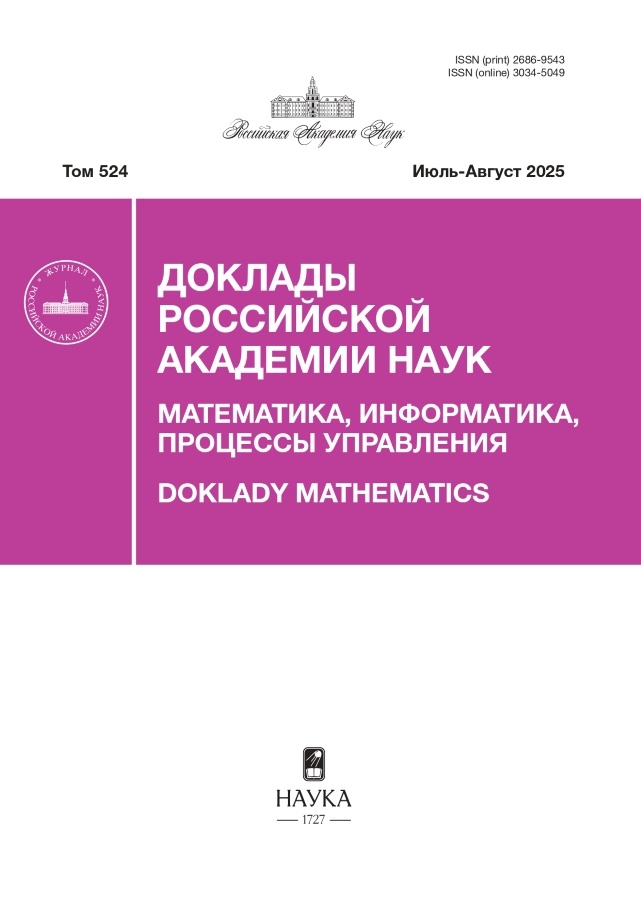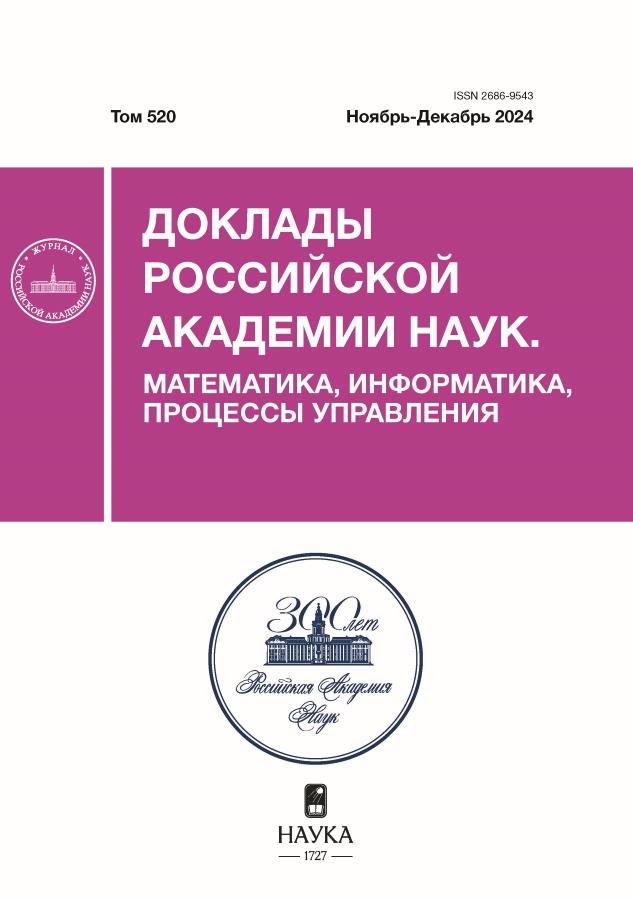APPROXIMATE THEORY OF A GYROSCOPE AND ITS APPLICATIONS TO THE MOTION OF SPACE OBJECTS
- Authors: Petrov A.G1
-
Affiliations:
- Ishlinsky Institute of Mechanics Problems of RAS
- Issue: Vol 520 (2024)
- Pages: 54-56
- Section: MATHEMATICS
- URL: https://rjeid.com/2686-9543/article/view/682690
- DOI: https://doi.org/10.31857/S2686954324060085
- EDN: https://elibrary.ru/KKVEMK
- ID: 682690
Cite item
Abstract
The motion of an axisymmetric rigid body with a fixed point under the action of a periodic torque is considered. Two small parameters are introduced: the first characterizes the smallness of the amplitude of the torque, and the second characterizes the smallness of the component of the kinetic moment perpendicular to the axis of symmetry. The smallness of the second small parameter is usually the basis for using the approximate theory of the gyroscope. Using this approximation, one can quite simply find the precession velocity of the top under the action of a small periodic torque. It is shown that the relative accuracy of the velocity calculated in this way is practically independent of the second small parameter, which does not exceed a value of the order of unity. In this way, a simple formula is found for the precession of the Earth’s satellite under the action of the Earth’s gravitational field. The resulting simple formula for the velocity of the Lunar-Solar precession of the Earth agrees well with astronomical observations.
About the authors
A. G Petrov
Ishlinsky Institute of Mechanics Problems of RAS
Email: petrovipmech@gmail.com
Moscow, Russia
References
- Журавлев В. Ф. Основы теоретической механики. М.: Наука, 1997. 320 с.
- Журавлев В. Ф., Климов Д. М. Прикладные методы в теории колебаний. М.: Наука, 1988. 326 с.
- Абрашкин и др. Космические исследования, 45. № 5. (2007). C. 450–470.
- Куликовский П. Г. Справочник любителя астрономии. Эдиториал УРСС. 2002, 688 с.
- Справочное руководство по небесной механике и астродинамике. М.: Наука, 1976. 864 c.
- Белецкий В. В. Движение спутника относительно центра масс в гравтационном поле. М.: Изд-во МГУ. 1975. 308 c.
Supplementary files











